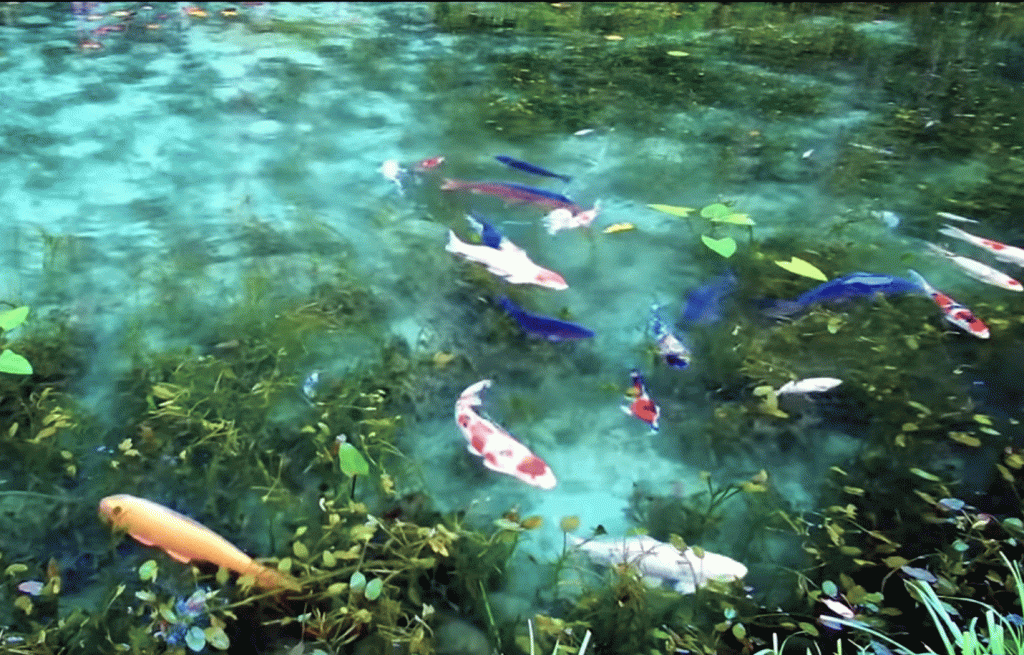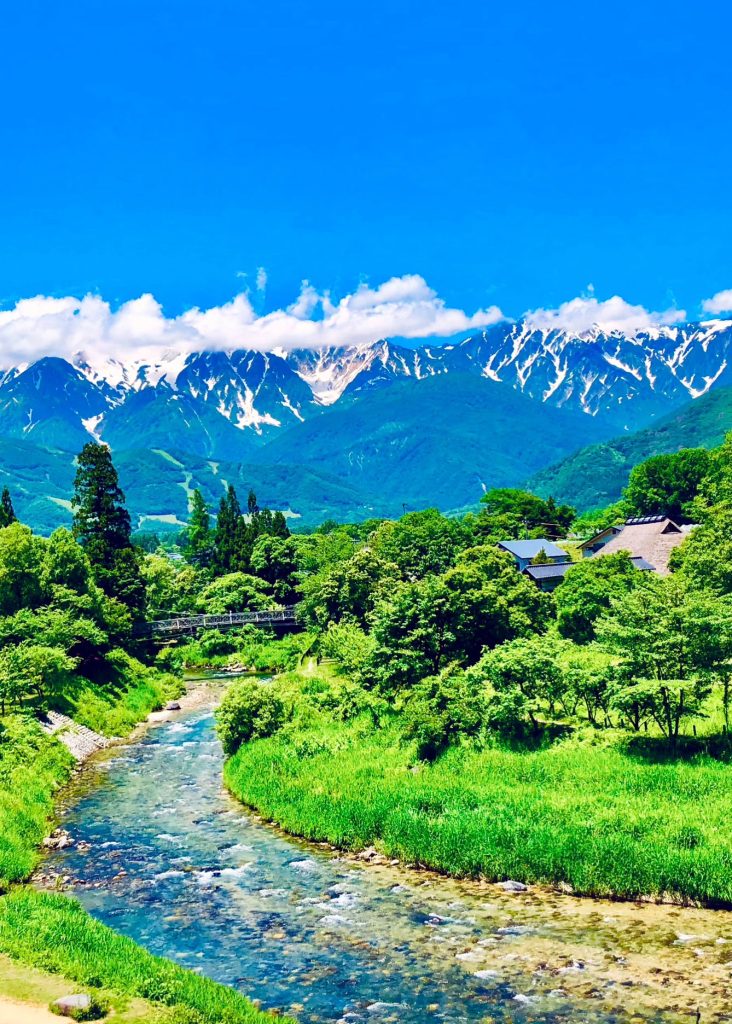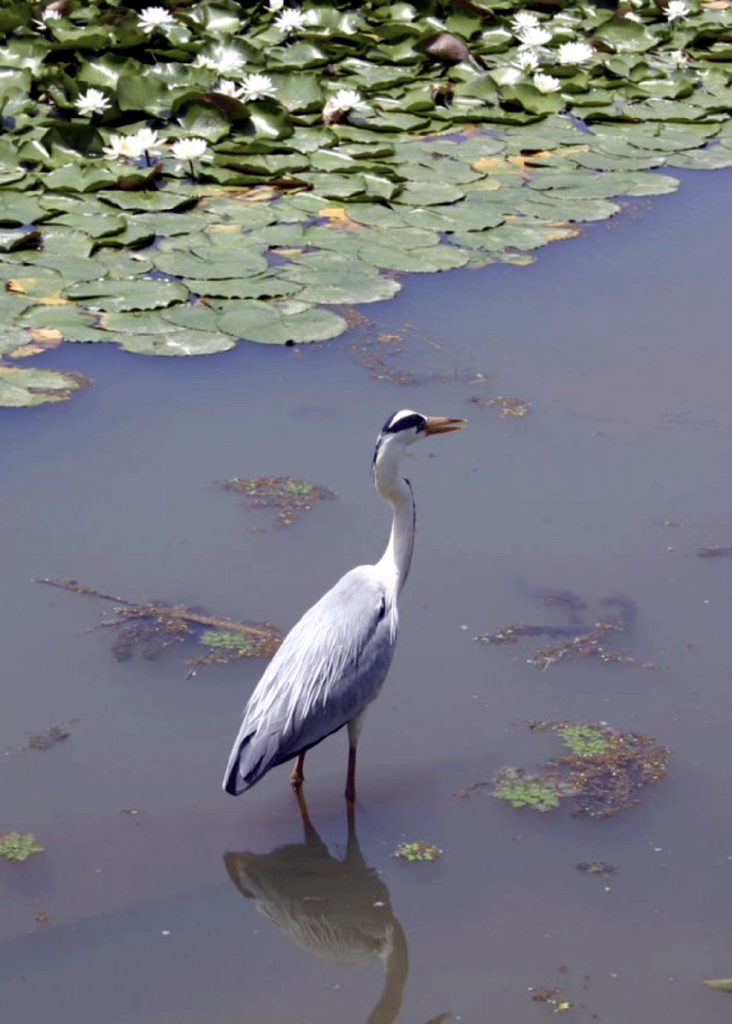
I received a photo from my third-grade grandson who lives in Shanghai. According to the Shanghai Meteorological Bureau, the start of the rainy season in Shanghai this year was June 10th (Thursday), which is nearly a week earlier than usual. The rainy season usually lasts for about 23 days, so it is likely to end in early July. Looking at past examples, in 1936, the rainy season started on May 22nd, and in 1954, it lasted for 58 days. There were also cases like “Kūbai,” where the rainy season lasted only two days, in 1897 and 1965. Shanghai has also experienced a lot of difficulties due to the COVID-19 pandemic and the government’s “Zero COVID Policy.” Now, there is an opposite reaction, and it is said that people are overflowing everywhere in Shanghai. Currently, there are not many Chinese tourists visiting Japan as before, but it seems that there are many people who are eager to go to Japan. From around this summer vacation, not only Chinese people but also tourists from all over the world are likely to come. It is a joyous thing. If people can get to know Japan, a country of 和 (wa, harmony), the world will surely become more peaceful.
上海に住む小学三年生の孫から写真を送ってきました。上海気象台によりますと、今年の上海の梅雨の入りは6月10日(木)で、例年よりも1週間近く早いそうです。梅雨の日数はだいたい23日間前後だということですから、7月早々には梅雨明けということになりますが、どうでしょう。過去の例を見ますと、1936年には5月22日に梅雨入りしたり、54年には梅雨の期間が58日間だったり、1897年と1965年には梅雨期間が2日間のみの〝空梅〟だったりする例があるそうです。上海もコロナ禍のもと、政府の「ゼロコロナ政策」で大変な思いをしたそうで、今はその反動で、上海中どこも人が溢れかえっているといいます。今はまだひところの様に来日中国人観光客は多くありませんが、日本に行きたくてウズウズしている人達がたくさんいるそうです。この夏休みあたりから、中国人はもちろん、世界中から多くの観光客がやって来そうですね。嬉しいことです。和の国、日本を知ってもらえば、世界はきっと平和になります。









